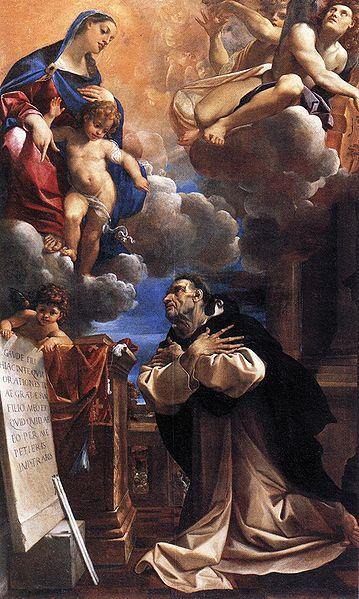Description
The painting "The Appearance of the Virgin to Saint Hyacinth" by Ludovico Carracci is a masterpiece of Italian Baroque art of the 17th century. This work represents the apparition of the Virgin Mary to San Jacinto, a 13th century Dominican saint, who kneels before her in adoration.
Carracci's artistic style is characterized by his ability to combine Renaissance and Baroque elements. In this work, we can appreciate the influence of the Venetian school in the richness of the colors and the luminosity of the painting, as well as the influence of the Bolognese school in the precision and realism of the details.
The composition of the work is impressive, with the figure of the Virgin Mary at the center of the painting, surrounded by a halo of light that illuminates her face and her blue dress. Saint Hyacinth stands at her feet, hands folded in prayer and a look of wonder on his face. In the background, we can see a city in ruins, which symbolizes destruction and desolation.
Color is another outstanding aspect of this work. The warm, bright tones of the Virgin's clothing contrast with the dark, muted tones of the background, creating an effect of depth and luminosity.
The history of the painting is interesting, as it was commissioned by the Dominican Order for their church in Bologna. The work was completed in 1604 and became one of the most famous in the city. However, in 1796, during the French invasion, the painting was stolen and taken to Paris, where it remained for more than a century. Finally, in 1920, the work was returned to Bologna and restored to its former glory.

